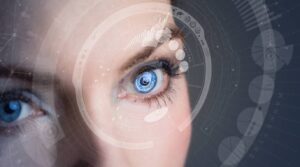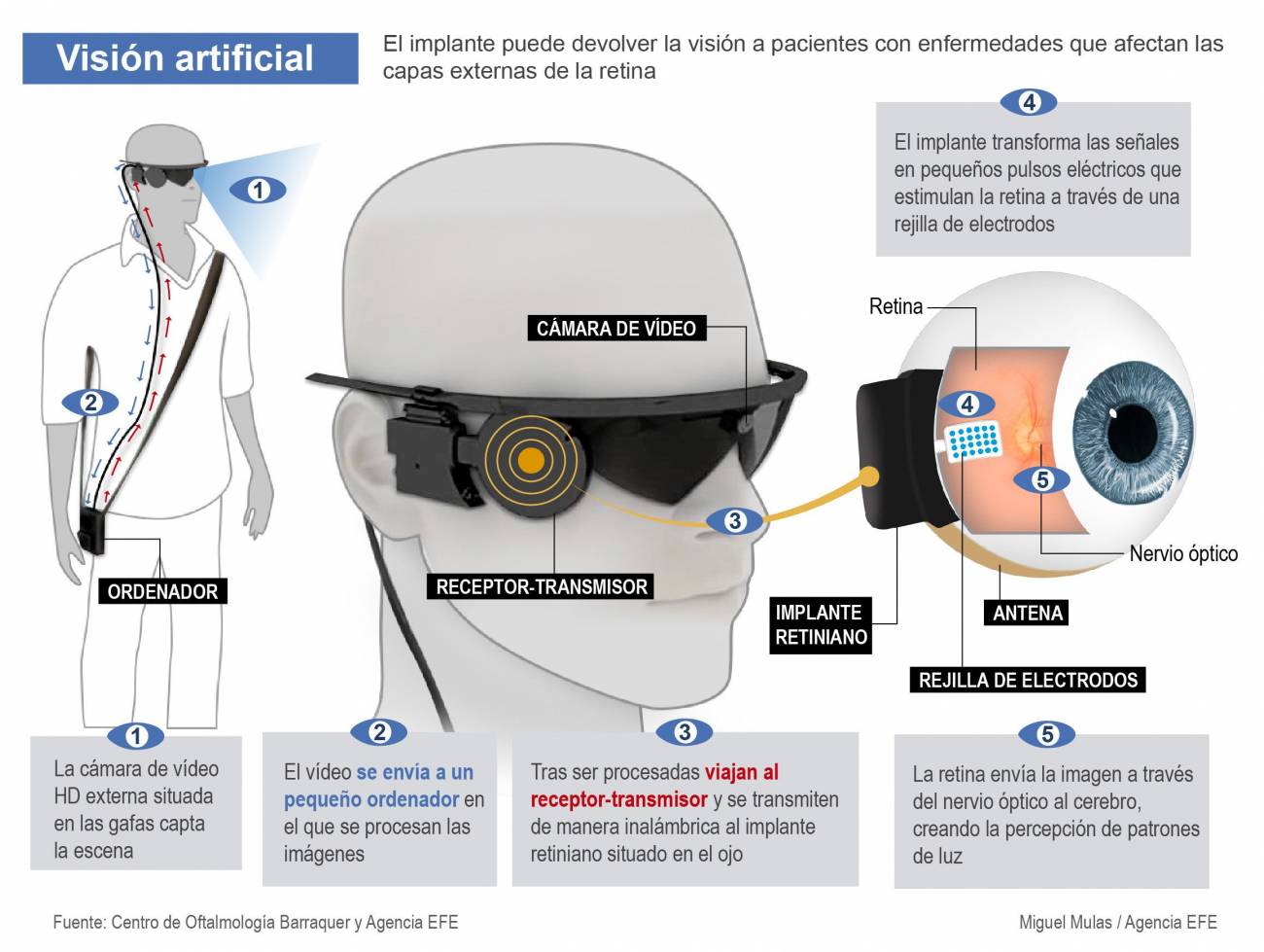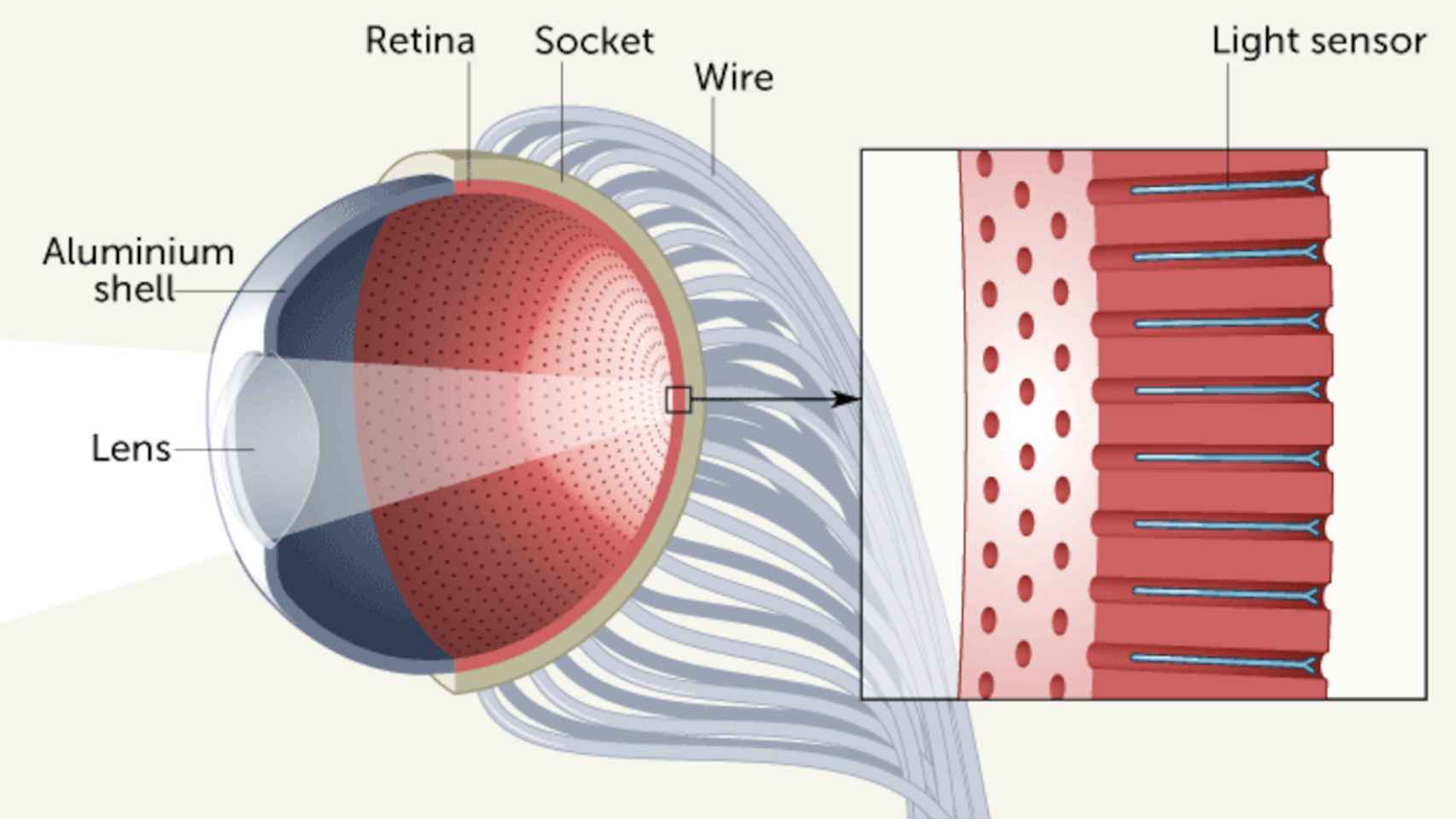
Introduction
Explanation of Bionic Eye and its significance
The bionic eye functions similarly to a real eye by capturing images through a camera integrated into glasses. This device, which fits discreetly into the glasses, allows individuals with visual impairments to see using artificial means. The camera captures images, which are then transmitted to an electronic system for processing, mimicking the natural process of the human eye.
Brief history of Bionic Eye technology development
The development of bionic eye technology has made significant strides in recent years, with researchers continuously enhancing the device's capabilities. From its early stages to present advancements, bionic eyes have evolved to provide a more immersive and comprehensive visual experience for those in need.

Functionality of a Bionic Eye
How does a Bionic Eye work?
The bionic eye operates similarly to a human eye by utilizing a camera embedded in glasses to capture images. These images are then transmitted to an electronic system for processing, mimicking the natural visual process.
Components of a Bionic Eye system
The key components of a bionic eye system include:- Camera integrated into glasses- Retina for image capture- Electronic system for image processing- Visual interface for the user
This advanced technology has enabled individuals with visual impairments to experience artificial vision, bridging the gap between science and human capabilities.

Types of Bionic Eyes
Overview of different types of Bionic Eyes
There are different types of bionic eyes that utilize advanced technology to provide artificial vision to individuals with visual impairments. These bionic eyes typically consist of a camera integrated into glasses, a retina for image capture, an electronic system for image processing, and a visual interface for the user. Each type varies in design and functionality, but the primary goal is to replicate the natural visual process using artificial means.
Comparison between retinal and cortical Bionic Eyes
Retinal bionic eyes focus on stimulating the retina to create visual perceptions, while cortical bionic eyes target the visual cortex in the brain. Retinal bionic eyes are more common and tend to be less invasive than cortical bionic eyes, which require direct interaction with the brain. Both types have shown promising results in restoring vision for individuals with visual impairments, showcasing the potential of bionic eye technology in enhancing human capabilities.
/https://assets.iproup.com/assets/jpg/2020/09/12611_landscape.jpg)
Benefits of Bionic Eye Technology
Improving vision with Bionic Eyes
– Bionic eyes offer the potential to improve vision for individuals with visual impairments by replicating the natural visual process using advanced technology. – The integration of cameras, retinas, electronic systems, and visual interfaces allows for the capture of images and their processing, leading to enhanced visual perception.
Enhancing quality of life for visually impaired individuals
– Bionic eyes contribute to enhancing the quality of life for visually impaired individuals by providing them with artificial vision capabilities.- Both retinal and cortical bionic eyes have shown promising results in restoring vision and showcasing the potential of bionic eye technology in expanding human capabilities.

Challenges and Limitations
Technical challenges in Bionic Eye development
– Technical challenges in developing bionic eyes include ensuring the seamless integration of cameras, retinas, electronic systems, and visual interfaces to accurately capture and process images.- Miniaturizing the components to fit comfortably within glasses while maintaining optimal functionality poses a significant hurdle for bionic eye technology developers.
Scope for improvement in Bionic Eye technology
– There is ample scope for enhancing bionic eye technology by improving image processing algorithms to enhance visual perception.- Researching materials that can improve the efficiency and longevity of bionic eye components could lead to significant advancements in artificial vision capabilities for visually impaired individuals.